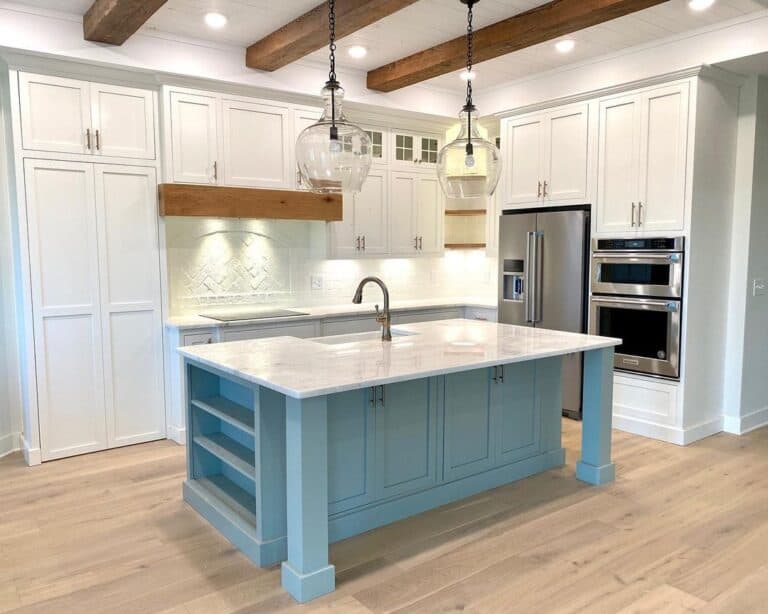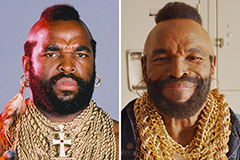Crucial Variables to Take Into Consideration When Picking Legs For Cooking Area Island
Choosing the appropriate legs for a cooking area island involves a mindful assessment of numerous elements that can dramatically influence both functionality and visual allure. As we discover these aspects, it ends up being clear that each decision can have significant effects for the overall kitchen area experience.
Product Options
When selecting legs for a kitchen area island, comprehending the different material options is necessary for achieving both visual charm and architectural stability (Legs For Kitchen Island). The option of material significantly affects not just the sturdiness of the island yet also its general layout and functionality
Metal legs, frequently made from stainless steel or wrought iron, add a industrial and contemporary feel while guaranteeing toughness and security. These products are immune to put on and can sustain significant weight, making them ideal for larger islands.
An additional alternative is crafted products, like MDF or plywood, which can be a lot more economical while still using an array of surfaces. Nevertheless, they may not provide the same degree of security as solid wood or metal. Materials such as acrylic or glass can create a modern appearance, though they may call for added support to ensure security.
Eventually, the selection of product for kitchen area island legs ought to straighten with the preferred capability and the total theme of the kitchen area.
Design And Style

When considering style, the shape and surface of the legs are important. Conical legs can give a feeling of agility and elegance, while thicker, much more robust legs can communicate stamina and stability. Furthermore, the surface-- be it painted, discolored, or natural-- ought to match the cabinets and counter top materials to produce a unified look.
Moreover, the style of the legs can likewise show personal taste. Customized or decorative legs, such as those featuring intricate makings or one-of-a-kind geometric forms, can work as centerpieces, adding character and personality to the cooking area. Inevitably, the ideal option will not only boost capability however likewise elevate the visual charm, making the kitchen area island a standout feature of the home.
Height Factors To Consider
Picking the proper elevation for kitchen area island legs is crucial, as it straight impacts both performance and comfort. The conventional height for a cooking area island typically ranges from 36 to 42 inches, lining up with common counter top elevations.

It is likewise important to account for individuals' heights and choices. Customizing the elevation can make sure a comfortable experience for all member of the family, making the kitchen island an extra functional and enjoyable room.
Weight Assistance
Guaranteeing adequate weight assistance for kitchen island legs is essential for both security and functionality. The cooking area island typically serves several purposes, consisting of food preparation, eating, and additional storage space, necessitating a durable support framework. When selecting legs, it is critical to think about the total weight capability called for based on the island's planned use and the materials that will certainly be positioned on it.
The selection of material for the legs plays a considerable role in their weight-bearing abilities. Strong wood, steel, and sturdy composites normally provide remarkable strength compared to lighter products. In addition, the design of the legs-- whether they are directly, tapered, or have a pedestal kind-- can influence their capability to from this source disperse weight effectively across the framework.
Constantly get in touch with the supplier's specifications regarding load limits to ensure that the legs can sustain the intended weight without compromising safety. In recap, picking cooking area island legs with ample weight assistance is necessary for developing a secure and practical culinary space.
Installment and Upkeep
Appropriate installation and upkeep of kitchen island legs are essential for making sure longevity and security. This typically involves protecting the legs to the island base using ideal bolts, making sure that the legs are level and lined up.
Once set up, regular upkeep is necessary to protect the integrity and appearance of the legs - Legs For Kitchen Island. For wood legs, periodic cleansing with a damp fabric and application of suitable wood gloss can avoid wetness damage and preserve their coating. Metal legs may call for a gentle cleaning remedy to remove grease and crud, followed by a dry towel to stop corrosion development
In addition, inspect the legs on a regular basis for indicators of wear or damage, such as cracks or loose joints. Tightening screws or bolts as required can likewise lengthen the life-span of the legs. By sticking to these installation and maintenance practices, property owners can make sure that their cooking area island continues to be tough and aesthetically appealing for several years to come.
Conclusion

Aesthetic comprehensibility is extremely important in selecting the style and style of legs for a cooking area island, as these elements significantly affect the total setting of the space. Tapered legs can offer more a feeling of agility and elegance, while thicker, more robust legs can communicate toughness and security.Picking the appropriate elevation for cooking area island legs is important, as it straight affects both performance and comfort. In recap, picking kitchen area island legs with appropriate weight support is essential for developing a secure and functional cooking area.
In conclusion, picking legs for a cooking area island requires mindful factor to consider of various aspects, consisting of product choices, design, height, weight assistance, and installment.
 Mr. T Then & Now!
Mr. T Then & Now! Kirk Cameron Then & Now!
Kirk Cameron Then & Now! Barry Watson Then & Now!
Barry Watson Then & Now! Elisabeth Shue Then & Now!
Elisabeth Shue Then & Now! McKayla Maroney Then & Now!
McKayla Maroney Then & Now!